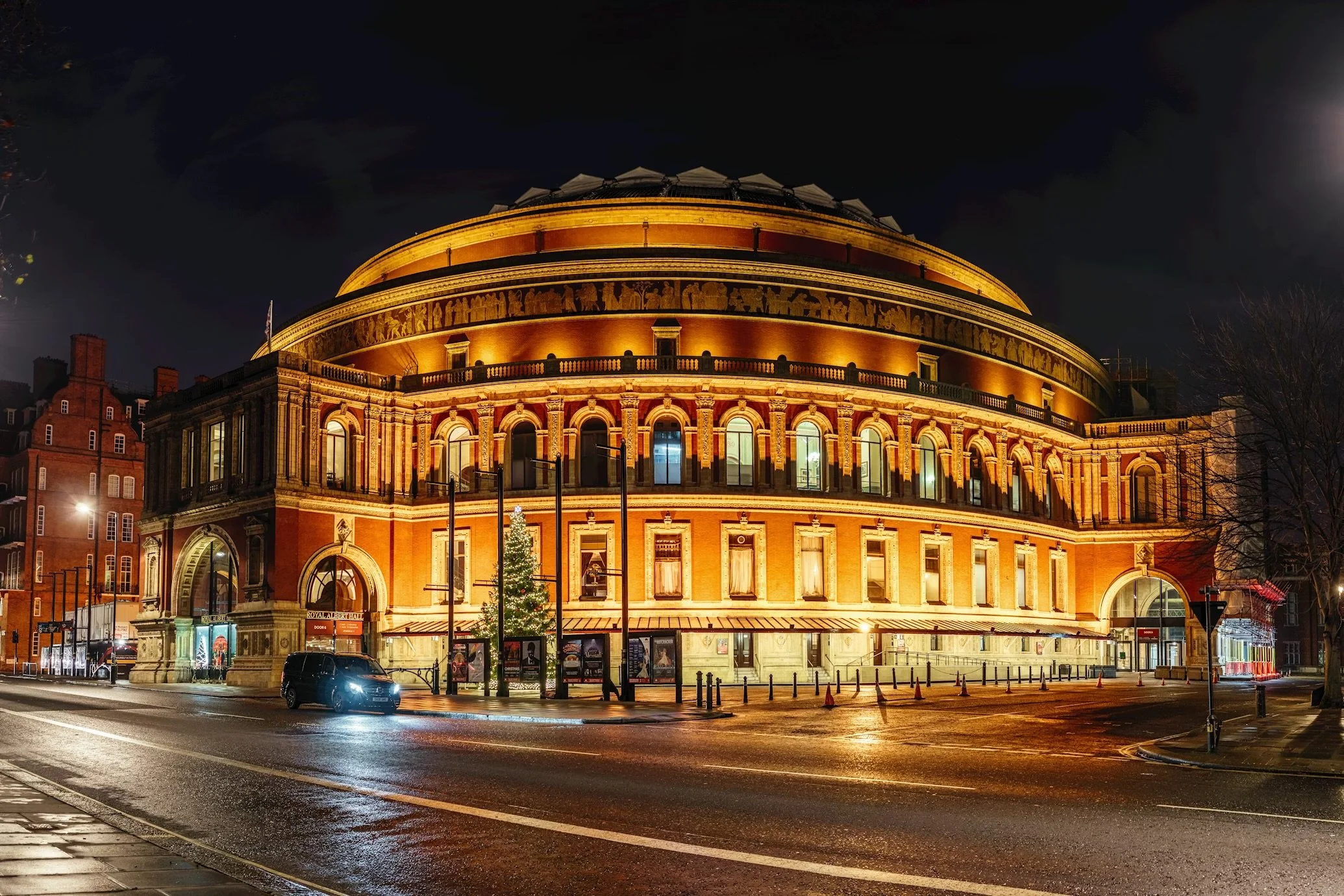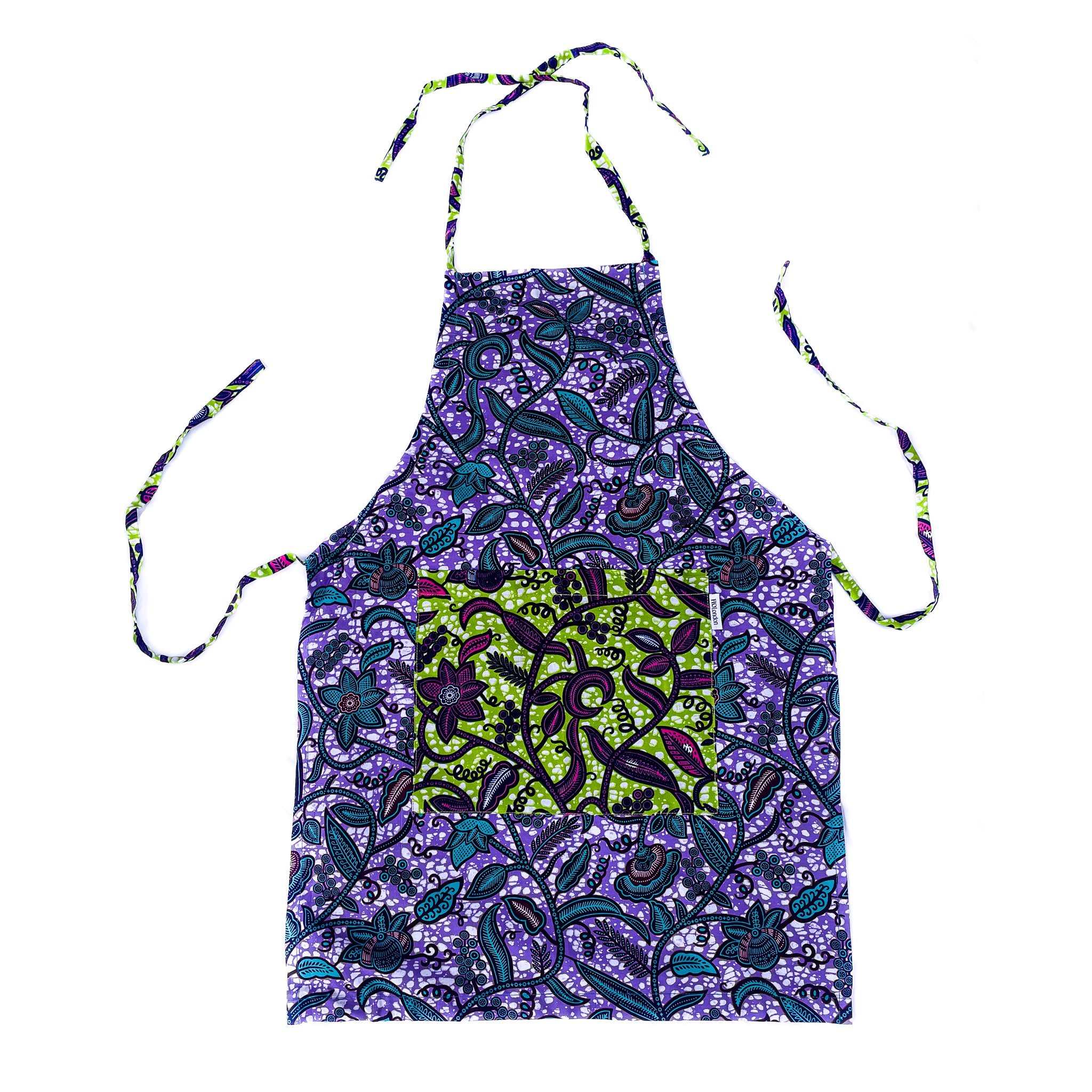Serpentine will present a major exhibition by artist Tomás Saraceno in June 2023
This summer Serpentine will present Web(s) of Life, the first major exhibition in the UK of artist Tomás Saraceno and collaborators, among them the interspecies communities of Salinas Grandes and Laguna de Guayatayoc, Argentina, Somié, Cameroon, Aerocene, Arachnophilia, and the Royal Parks.
Image: Installation view of Spider/Web Pavilion 7: Oracle Readings, Weaving Arachnomancy, Synanthropic Futures: At-ten(t)sion to invertebrate rights!, 2019, at the 58th International Art Exhibition - La Biennale di Venezia, titled May You Live In Interesting Times, curated by Ralph Rugoff. Courtesy the artist Photography by Studio Tomás Saraceno © Tomás Saraceno
Tomás Saraceno is a multimedia artist, who for more than two decades has produced a body of work that embraces interconnectedness across ecosystems. His exhibition at Serpentine will delve into the many ways in which life forms, extractive technologies and energy regimes are inextricably linked to the climate emergency. The exhibition will prompt visitors to consider different forms of knowledge and non-human perspectives. In an era of rapid technological advancement, Saraceno points to the practice of looking to bioindicators: organisms that can signal shifts in weather, climate, pollution levels, and ecological well-being.These knowledges are often embedded in popular sayings and proverbs.
In Web(s) of Life, Tomás Saraceno asks: “In the context of the environmental crisis and the need for a just, eco-social, energy transition, can techno-diversity and biodiversity interact differently? Can systems of power move beyond the inequalities of capitalism and the reproduction of neocolonial extractivism of minerals and data? Can the privilege of digital memories over ancestral memories be overcome? Enter the spider’s dream, a space with codes of another ritual… It is high time some of us change our habits and not the climate!”
Image: Portrait of Tomás Saraceno by Photography by Dario J Laganà
The infrastructure of the Serpentine’s building will shift to acknowledge and accommodate animals, plants, and humans of all ages. In the basement, equipment used to control the temperature and humidity will be switched off. In the gallery, the colour and the hanging height of the artworks will be adapted to accommodate animal, insect, and arachnid sensitivities. In addition, the size and accessibility of doorways and windows, artworks themselves, will be altered to further encourage the movement of living organisms and air.
Outside in the Royal Parks, visitors will encounter interactive sculptures that engage the park’s rich biodiversity of birds, insects, foxes, ducks and other species. Saraceno has long called for close observation of spiders as a source of wonder and inspiration. The extraordinary architecture of their webs and their myriad behaviours entangle us in various cultural perceptions, myths, and symbio-poetic relationships, to move from arachnophobia to arachnophilia, towards alternative digital webs.
Image: Spider diviner Bollo Pierre Tadios and the spider’s arrangement of leaf-cards during a ‘nggàm dù’ divination, 2019 Nggamdu.org is a project by diviners in the village of Somié, Cameroon. © Tomás Saraceno
Within the gallery and outside, spiders are present, building their webbed pavilions. Alongside the immersive experience of web installations, participants will be invited to log on nggamdu.org, a web portal for an ancient ritual of spider divination that local diviner Bollo Pierre Tadios asked Saraceno to build when he visited Somié, Cameroon in 2019. This ongoing project has been developed with Arachnophilia, an interdisciplinary, research-driven community of humans, spiders and their webs, initiated by Saraceno.
Visitors will also be invited to voluntarily surrender their mobile phones. The exhibition will feature an immersive filmic installation, which marks the continuation of a long-standing relationship between the environmental artivism community Aerocene, also founded by Saraceno, the communities of the Salinas Grandes and Laguna de Guayatayoc basin, in Jujuy, Argentina, and other environmental collectives. The communities are fighting to protect their lands against lithium extraction, as the ‘green rush’ to mine the mineral commonly used in phone batteries is polluting and reducing one of the ecology’s scarcest resources: water.
Location: Serpentine North Gallery West Carriage Drive, London W2 2AR. Date: 1 June – 10 September 2023. Price: Free

























